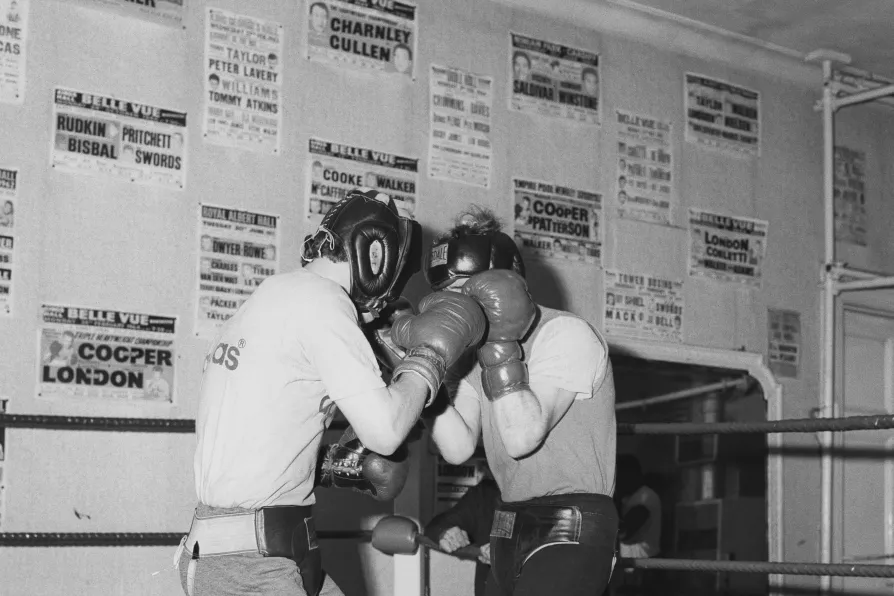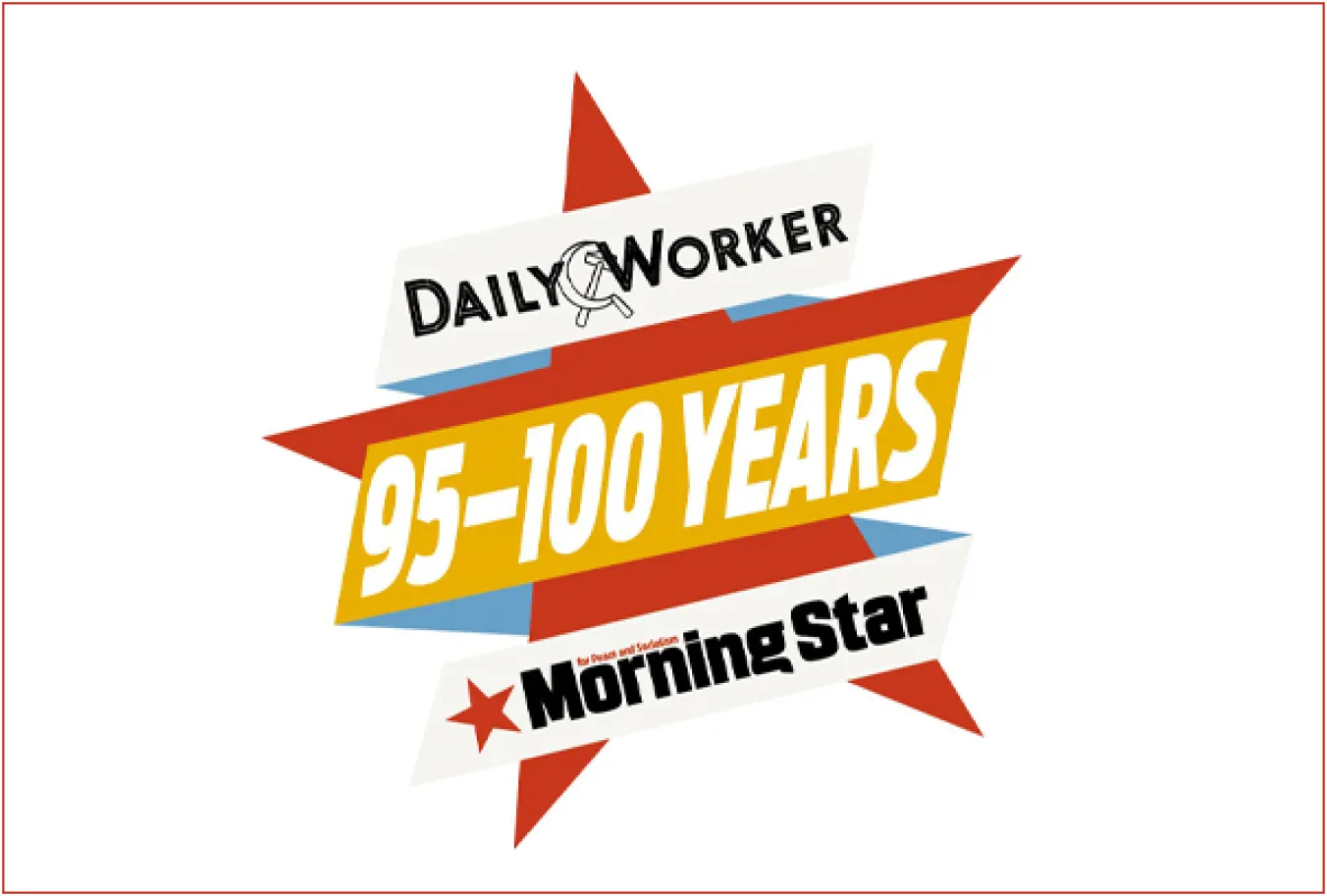
 John H. Stracey (right) who is to defend his European welterweight title against Max Hebeisen of Switzerland, training at the Royal Oak Gymnasium, Canning Town, April 28, 1975
John H. Stracey (right) who is to defend his European welterweight title against Max Hebeisen of Switzerland, training at the Royal Oak Gymnasium, Canning Town, April 28, 1975
THE East End of London has just claim to being considered the beating heart of British boxing. This redoubtable and proud working-class part of the world has been immersed in all kinds of folklore throughout its history, involving gangsters, footballers, performers — and also fighters.
The notorious and overly romanticised Kray twins both had short careers as professional fighters in the early 1950s. From Bethnal Green, they began their respective boxing journeys at the Mile End Arena — an open-air arena located in its day just behind Mile End Tube station. Regarded as a “bear pit” at the time, from there they worked their way up to fighting at the iconic Royal Albert Hall.
Of the two, Reggie established the more impressive record, winning all seven of his professional fights. Ronnie won four and lost two of his six outings before both moved were called up for national service in 1952. The rest where both are concerned is of course history.

JOHN WIGHT previews the much-anticipated bout between Benn and Eubank Jnr where — unlike the fights between their fathers — spectacle has reigned over substance













